Alarming construction and concretisation of land areas coupled with short-sighted development agendas and paucity of soft measures is leading Mumbai towards a state of permanent ecological fracture.
There is no dearth of global reports discussing the impacts of global warming and its direct impact on sea level rise, rising temperatures in cities, and irregular and extreme weather events such as cyclones and rainfall combined with severe water shortage and drought. These events are no longer what can be or should be expected, rather what we are already experiencing the world over through major climate events since the last decade. News of these extreme weather events is now commonplace. The Inter-Governmental Panel on Climate Change has been a steady reference for reports related to this issue ― especially since it comprises scientists from all over the world who evaluate papers to create referenceable reports that can be used by policymakers to create strategies against climate change. It is well known that IPCC’s previous assessment report of 2014 provided the scientific basis for the significant Paris Agreement in December 2015 which was adopted by 200 states including India at COP21.
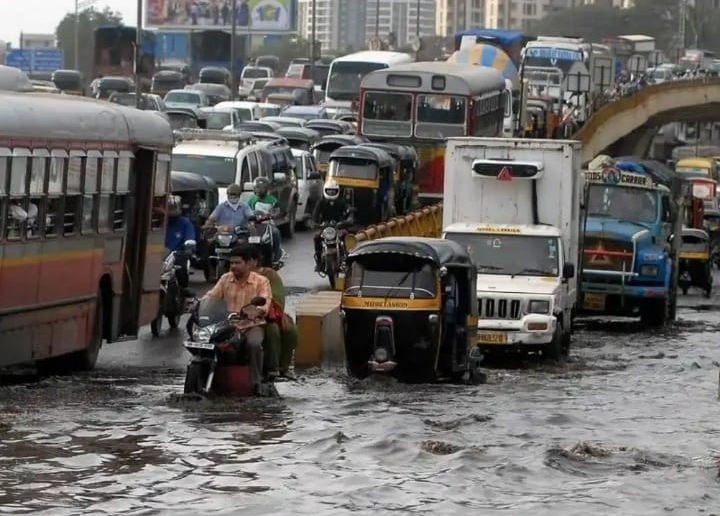
India is one of the global hotspots identified in IPCC’s latest Sixth Assessment Report, Working Group II, which warns that a lack of immediate efforts to mitigate or adapt to climate change could lead to dire consequences. Climate events are impacting villages, towns, and cities across the geography of the country. However, owing to the intensity of habitation, energy resources along with complex infrastructure systems and built environment, cities ― especially coastal cities ― face the greatest challenges in order to limit losses to human life as well as nature in the wake of climate change events. Mumbai city is one of the top 10 megacities cities globally at risk of severe impact from climate change. Mumbai’s flood risk makes the city a “high risk” place for climate change vulnerability and its high population density, high poverty rates, and poor sewage and drainage systems heighten the risk posed by climate-related events like flooding. The water level in the Arabian Sea adjoining Mumbai’s western coastline is set to rise, by a conservative estimate, by approximately 3 cm in the next 10 years. This 3 cm rise in water level at the coastline would translate to around 20 meters of land area along the entire coastline to be submerged under water ― adding up to an estimated 28 km2. out of Mumbai’s 480 sq.km total land area. Looking further, McKinsey India had released a report in February 2020 stating that by 2050, Mumbai will see a 25% increase in the intensity of flash floods and a 0.5 metre rise in the sea level which will affect 2-3 million people living within 1 km radius of the coastline. Mumbai is also sinking at the rate of approximately 3 mm per year owing largely to land subsidence caused by groundwater extraction, reclamation of natural wetlands, ecological disturbances, and infrastructure developments. This subsidence, coupled with sea level rise, will ensure further coastal as well as inland flooding.
On the other hand, as discussed by Climate Scientist Roxy Mathew Koll of the Indian Institute of Tropical Meteorology (IITM), the Arabian Sea’s surface temperature increased by 1.2-1.4°C between 1982 and 2018 — the fastest among tropical oceans. This increased temperature of the water is linked to over 60% of all cyclones emerging from the Arabian Sea. The increased temperatures also means that the air can hold more moisture, leading to increased humidity levels which in turn contributes to a far higher perceived air temperature. Notably, 2010-2020 was the hottest decade in the history of the city. In fact, currently, before the onset of the monsoons, Mumbai has seen temperatures as high as 38°C which feels like 43-44°C due to the high humidity levels of over 75%. Due to such conditions, heavy rainfall events have also intensified in Mumbai over the years, where rainfall expected through the monsoon months of June to September is now received over a handful of days in that period leading to flash floods and inland flooding that our network of stormwater infrastructure systems are unable to cope with. In July 2005, when a meter of rain fell in a single day, flooding cost the city about $1.7 billion in damages. While this data is being updated constantly ― for Mumbai and India ― the fact that threat levels are increasing instead of reducing demonstrates clearly that climate change has become the most serious threat to our existence.
It is interesting to note that approximately 45% of Mumbai’s total area is covered by open spaces and natural assets ― based on a mapping conducted by Mumbai-based architectural practice PK Das & Associates. A quick glance at these numbers would suggest that Mumbai should not be suffering from inland flooding or rising temperatures owing to the large quantum of unbuilt land. However, despite these open areas, flooding and heat island effects are only increasing with each passing year ― which gives us several clues as to the true extent of the problems that have been created.
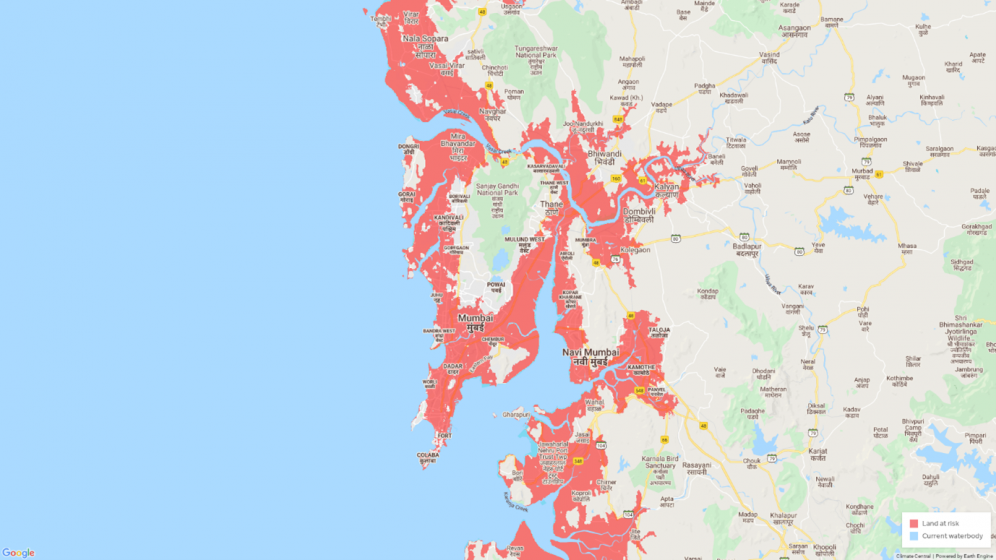
The British — through the municipal corporation — had set up most of the public administrative departments of Mumbai, and even though it has now been 75 years since Independence, the legacy of the colonial rule continues within our administrative setups. One of the key aspects of this legacy is that a majority, if not all, of the departments within the municipal corporation are staffed, run, and led by civil and mechanical engineers ― those who approach/mitigate/deal with issues through the particular lens of hardscape engineering tactics and solutions, abetted by enlisted contractors who push for increased use of concrete so they can make more money.
While such approaches might provide short-term benefits, the lack of a comprehensive plan for the future will result in catastrophic failure of all our systems that are currently functioning in the city. Comprehensive planning must entail equal attention to the un-built areas of the city. Hard infrastructure plans have limited lifespans especially since the elements they are designed to respond to are highly volatile and erratic ― as has been discussed earlier with regard to increased intensity of climate change events. At a broad glance, Mumbai has been working on alleviating two primary risks ― namely sea level rise and inland flooding. The measures that are being adopted are limited to (1) tidal flood gates that prevent inflow of water during high tides and heavy rain events; (2) channelising and training water streams with impervious concrete bund walls to prevent water from spreading through neighbouring areas during peak flow times; and (3) increasing/upgrading the stormwater system networks within the flood-prone areas of the city. One does not need further research to determine the limitations of these measures, mainly because their negative effects are already in plain sight to be seen. It is a well-known fact that flood gates that prevent inflow of water from the sea only safeguard limited areas within their radius of topographical influence, but the ingress of water stopped at one location will always find its way inland from another. Not surprisingly, these interventions have caused increased water levels and repeated flooding in lower-income, indigenous communities like the Kolis (fisherfolk) who live by the waterfronts. These urban villages are now witnessing flooding on an annual basis that has not been seen since they were established decades ago. As in most world cities, the underprivileged are the first to face the brunt of inequity in climate responses by civic administrations.
The pros of creating impervious concrete bund walls along Mumbai’s watercourses and their limited short-term advantages of reducing inland flooding are far outnumbered by the cons that lead to further degradation of the environmental health of the city. Mumbai has over 300 km of inland watercourses, popularly referred to as “Nullahs” running through most neighbourhoods of the city. These natural water courses have, over time, either disappeared completely due to ill planning, landfill, and mindless construction or have been narrowed down and trained into concretised canals, thereby severing their natural connection to sub-surface water and soil systems. This condition, in fact, furthers the inland flooding issue since the surface water from the neighbourhoods that earlier seeped through the soil and/or flowed naturally into these water courses cannot follow those routes any longer. This in turn puts further pressure on man-made systems of stormwater drains and gutters that direct all of this water out into the sea.
By doing this, we prevent effective recharging of groundwater systems and drying up of sub-surface soil leading to their reduced capacities of holding water leading to flash floods during heavy rain. In areas where the stormwater systems have been reinforced with larger/ wider networks of gutters, the issue of inland flooding still remains when heavy rainfall coincides with high tides of the sea, where the water from the drains is pushed back into the city. We must give room to our watercourses and rivers ― which would include tactical infrastructure solutions that combine hard interventions along with softer measures such as re-building porosity within our city’s hardscape areas, regeneration of vegetation, and creating retention basins inside the city while making them multi-functional throughout the year. Green infrastructure initiatives that rely on the use of plants, soil, and other natural materials to remove pollutants and allow stormwater to absorb back into the ground will also help prevent flooding and reduce the amount of water that goes into the city’s storm drains. Interestingly, the city spends millions in transporting fresh water from as far as 170 km away to cater to the daily need of approximately 3750 MLD. (Million litres per day). By pumping all of this fresh rainwater out to sea through our stormwater and wastewater systems, we are essentially wasting millions of gallons of fresh water which otherwise could be treated and reused for the city’s water supply.
At a time when climate risk is garnering widespread attention the world over, environmentally insensitive, and illogical projects/policies continue to be floated or formally proposed in Mumbai. To give a brief example, we can discuss two similar and interlinked policies that shed light on the symptomatic issues at the planning level that the city is facing.
The first such policy allows the development/allocation of the mandatory open, recreational space in the development of a layout on top of constructed podiums/decks rather than on mother earth. This policy had in fact been challenged in the Supreme Court of India after which the court had ruled against the policy provision and insisted for these open spaces to be provided on land rather than on top of decks. Unfortunately, subsequently, this order has been overturned by way of the Government of India passing a law that allowed the policy to be reinstated.
The second policy allows the development of underground public parking facilities under public parks and gardens in an attempt to address the growing shortfall of public parking for vehicles throughout the city. Parks are the few remaining open spaces in Mumbai, which has one of the poorest open spaces per capita ratios anywhere in the world (1.1 m2 per capita). Our natural parks and gardens serve a multitude of functions: they act as large sponges for rainwater amidst increasing impervious and concrete developments thereby mitigating further flooding risks, they help reduce the CO2 in the air amidst the rapidly declining air quality and they help mitigate the compounding urban heat island effects thereby forming an oasis for people in dense neighbourhoods. Creating an impervious concrete slab for an underground parking lot would require decades-old rain trees to be cut and thereby compromise the parks’ ability to perform any of the above functions, rendering it useless. Projects and proposals arising from such policies will pave the way for similar ideas and developments across the city which would be disastrous, to say the least. This is an example of the dire consequences of the hardscape-only engineering approach to land management in Mumbai.
Even though the policy for underground parking under parks has been a part of the city’s development control regulations for a few years now, it has recently received a renewed push by elected representatives of government along with civic officials in certain parts of the city. Two such proposals have been mooted in the suburbs of Juhu and Bandra in Mumbai. People living in these neighbourhoods have a rich physical, social, and emotional attachment to parks which are home to some of the oldest rain trees in the area. The announcement of inviting tenders for the construction of parking lots below these parks by the civic administration has faced stiff opposition from concerned citizens in the area and across the city and has given rise to strong citizens movements against these proposals who have since mobilised public meetings and workshops, art and sports events, outreach programs to civic officials and elected representatives combined with online petitions and letters of concern to decision-makers as well as helped run a sustained media campaign regarding this issue in the local newspapers and online platforms.
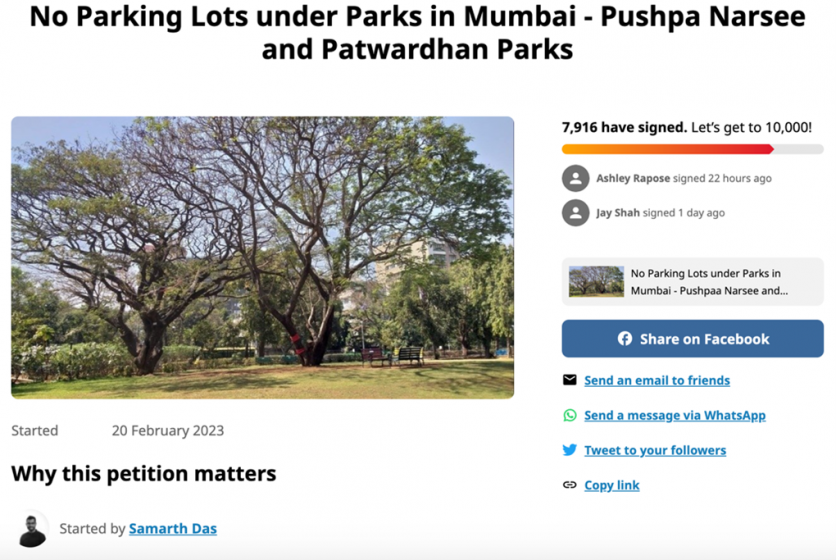
In fact, with the consensus of the citizens at large, local architects and planners have even gone the length to suggest viable alternatives to addressing the parking issues for consideration. These efforts have proved successful in the case of the park in Juhu where the proposal has been cancelled, and in fact, the alternate suggestion for a parking lot that was proposed has been accepted and is being taken forward. Unfortunately, in the case of the second park located in Bandra, elected representatives and civic officials have remained largely adamant and continue pursuing the parking proposals by way of publishing public notices for inviting tenders for the construction of these facilities. Three members of the local community including an environmental activist, an architect, and the author of this piece have now moved a Public Interest Litigation (PIL) against this proposal mooted by the civic administration and its concerned relevant departments in the High Court of Bombay. The case has already been heard twice in the High Court, and the next hearing of the case is now awaited.
In the present scenario, there are countless large-scale infrastructure projects that are being built across the city. To name a few, these are the Coastal road along the western coastline, the trans-harbour sea link connecting Mumbai’s eastern coastline to the mainland, the Navi Mumbai International Airport (which is being built almost entirely on a landfill and needed a major river to be trained and diverted as well as a natural hill to be blasted and levelled), the Metro rail project (one of the world’s largest metro networks, of which a substantial portion is being built overground), and incessant building construction fuelled by current re-development policies. What is most concerning is that these projects are being carried out by various authorities without an overall comprehensive understanding of their ill effects in the short and long term on the ecology and health of the city. In light of such widespread construction, land subsidence is only going to increase at a rapid rate, and with increased concretisation leading to less porosity of our land, flooding is only going to increase.
Plans like which include citywide climate change vulnerability assessment, updated climate projections, and an outline of strategies to address extreme heat, stormwater flooding, and coastal flooding from sea-level rise and storms set a good example of critical decision-making being effected on the ground. Singapore too has led the way in climate action and mitigation. Mumbai’s Climate Action plan revealed late last year is a soft launch for a similar strategy, but needs a far more comprehensive approach (find a detailed article about this issue on TNOC by this author here) if we are to see effective implementation of its ideas.
As a way forward, one of the key demands is to develop a comprehensive action plan to tackle and, more importantly, adapt to climate change. This process must be set in motion by identifying implementable measures such as (1) risk assessment and mapping to gain a holistic understanding of the situation today; (2) developing flexible and adaptive approaches that comprise of non-typical solutions for varying situations witnessed across the city; (3) capacity building ― both in civic administration as well as within communities; and (4) phased implementation of long term plans that take into cognisance the immediate demands to mitigate risk as well as address permanent change that is required over time.
Above all, we as a people must change how we approach dealing with water. We must change our approaches and solutions from those that fight water to those that embrace living with water instead. We must aim to rebuild a truly sustainable and balanced biosphere ― one in which we ensure that systems work in harmony with each other as they do in nature. This would mean an inclusive and holistic approach towards the natural and the built environment ― both of which are necessary if we are to sustain ourselves amidst the rapidly changing climate of our planet. The push for unnatural engineering solutions must be curtailed while discussing and implementing practical solutions and tactical measures that are primarily soft in their approach and thereby complement nature. We understand that these measures also might take many years to complete, however, in the larger, long-term interest of ensuring a truly habitable city in the future these must be set in motion immediately.
Samarth Das
Mumbai


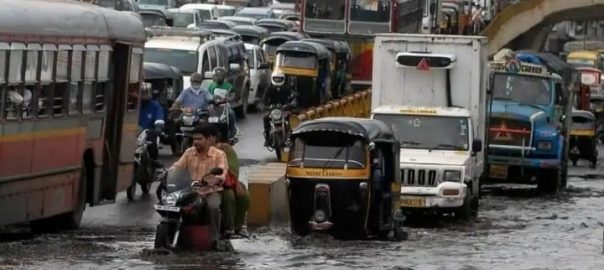

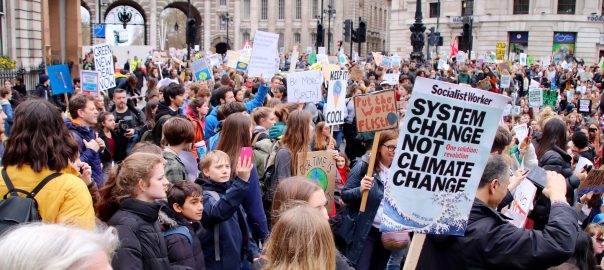
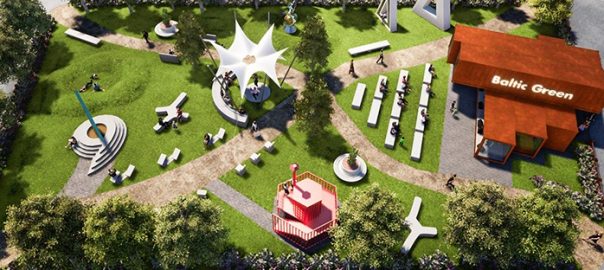
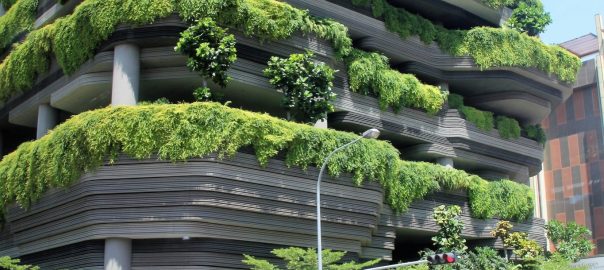
Leave a Reply